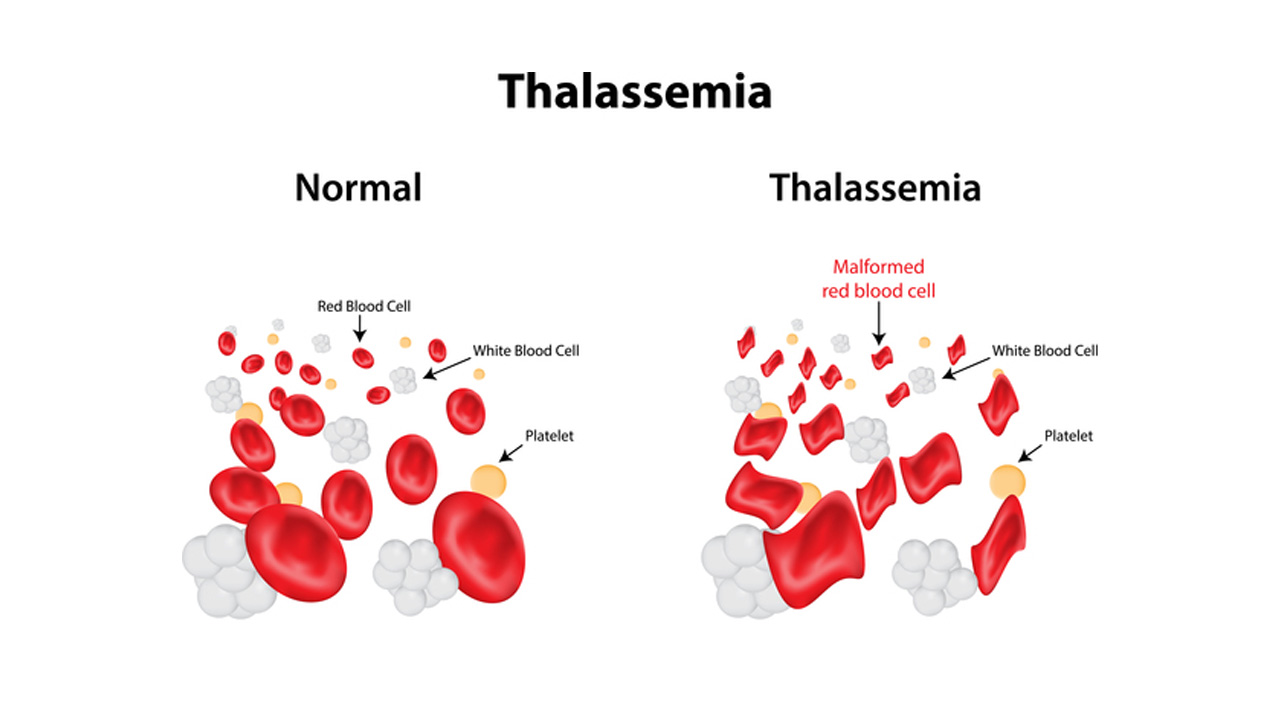Blood
Understanding Thalassemia As A Disability, Not Just A Blood Disorder
In India, issues related to access and safety of blood have emerged time and again. This issue is particularly concerning in the case of repeat blood recipients like patients of blood transfusion dependent thalassemia major patients, who need frequent blood transfusions for survival[1]. The issue can be largely attributed to weak regulation governing blood transfusion services in India. The relevant statute does not lay down formal standards covering all aspects of blood transfusion (safe donor and safe blood) and the guidelines that do lay down such standards are not binding in nature. The designated regulator predominantly regulates the functioning of blood banks rather than standardizing blood transfusion services per se. The expert body that has the wherewithal of laying down standards covering all aspects of blood transfusion services continues as a Society under The Societies Registrations Act, 1860 and its standards are, therefore, unenforceable.
Blood is considered a ‘drug’ under the Drugs and Cosmetics Act, 1940 (D&C Act)[2] and thus, by default, the regulation of blood banks falls under the domain of the Drug Controller-General of India (DCGI) just like any other manufacturer or storer of drugs. The Central Drugs Standard Control Organization (CDSCO), at the apex of which is the DCGI, primarily comprises officers and staff with technical expertise in pharmaceuticals, rather than blood and blood products. Further, the Drugs and Cosmetics Rules, 1945 (D&C Rules) lay down the requirements for the collection, storage, processing and distribution of whole human blood, human blood components by blood banks and manufacture of blood products[3] as well as the requirements for the functioning and operation of a blood bank and for preparation of blood components[4].
A Supreme Court judgment in 1996 in Common Cause v. Union of India[5] marked a milestone in the history of blood safety in India. The Hon’ble Supreme Court of India, in the said Common Cause Judgment, issued several directions to ensure blood safety, which included setting up the National Blood Transfusion Council (NBTC) and State Blood Transfusion Councils (SBTC), mandating licensing of blood banks, framing an immediate as well as long term plan for blood safety, and passing a separate legislation for regulating blood processes[6]. Unfortunately, most ground remains to be covered after all these years.
NBTC is currently housed under the Directorate General of Health Services (DGHS) and is the apex policy making body for issues pertaining to blood and plasma. However, NBTC does not find any mention in the D&C Act or the Rules. As a result, standards published by NBTC are not enforceable. Moreover, these guidelines themselves are outdated. Even the guidelines’ amendment of 2022 failed to mandate blood screening technologies to be used by blood banks thereby creating disparity in blood screening in India.
As a result of the above fragmentation of the regulatory framework and confusion with regard to responsibilities of various bodies, essential aspects to blood safety including voluntary blood donation and blood screening continue to remain outside the regulatory net.
Following are some of the specific recommendations for improving the regulatory framework for blood transfusion services in India – 1) review of the NBTC guidelines against the assessment criteria adopted by the World Health Organization (WHO) in 2011; 2) adoption of blood screening mandates adopted by the USA and the EU to achieve prevention of TTIs like HIV, HCV, HBV, etc.; 3) bringing NBTC and its guidelines under the D&C Act & Rules and designating NBTC as the regulator for blood transfusion services having a say in the licensing function of CDSCO; 4) making the renewal of licenses of blood banks dependent on the condition that a certain percentage of blood collection shall be through Voluntary Blood Donation; 5) including patient bodies and civil society in policy making process.
The author is the Member-Secretary, Thalassemia Patients Advocacy Group.
[1] Prevalence of transfusion-transmitted infections in multiple blood transfusion-dependent thalassemic patients in Asia: A systemic review; International Journal of Immunopathology and Pharmacology Volume 36: 1–9 (2022)
